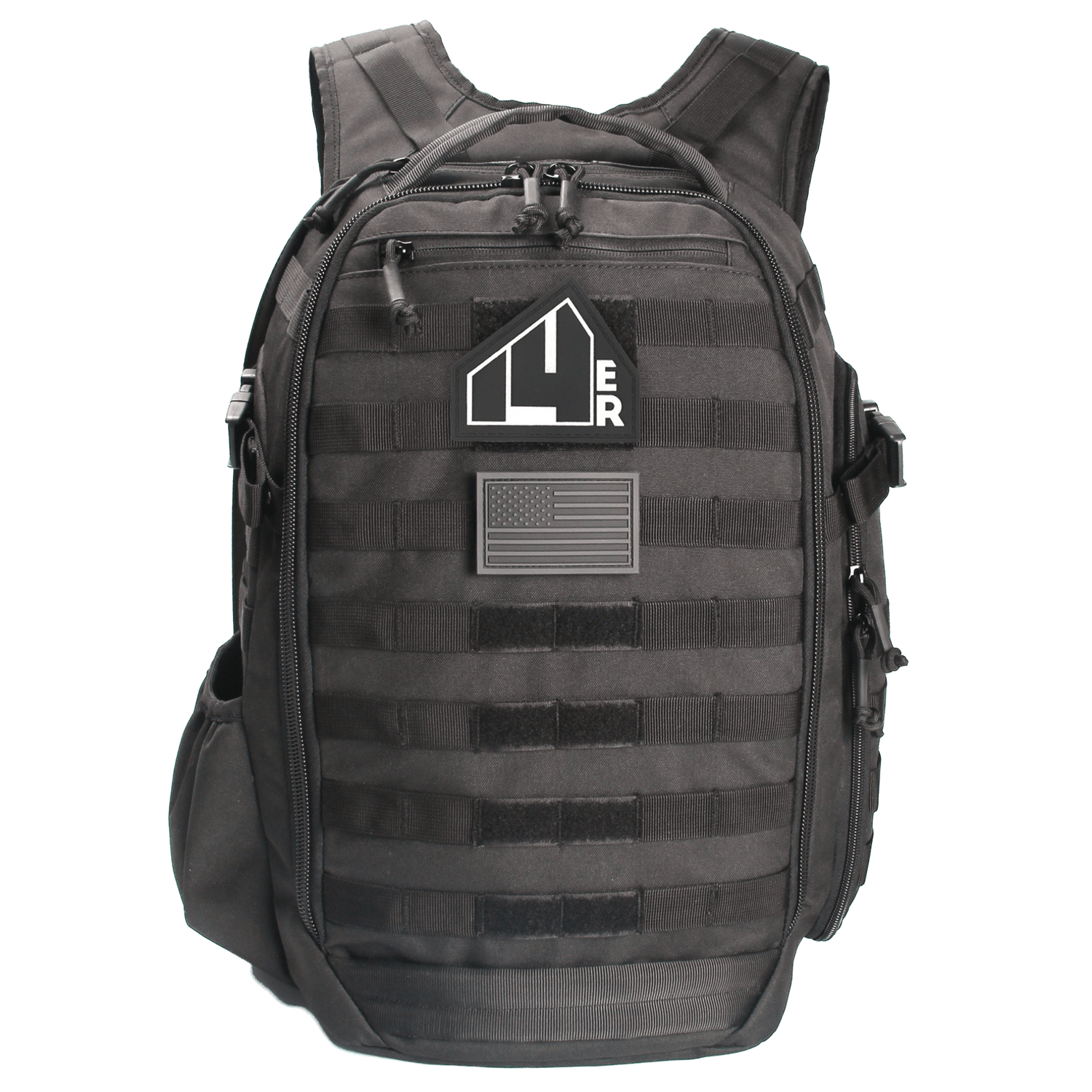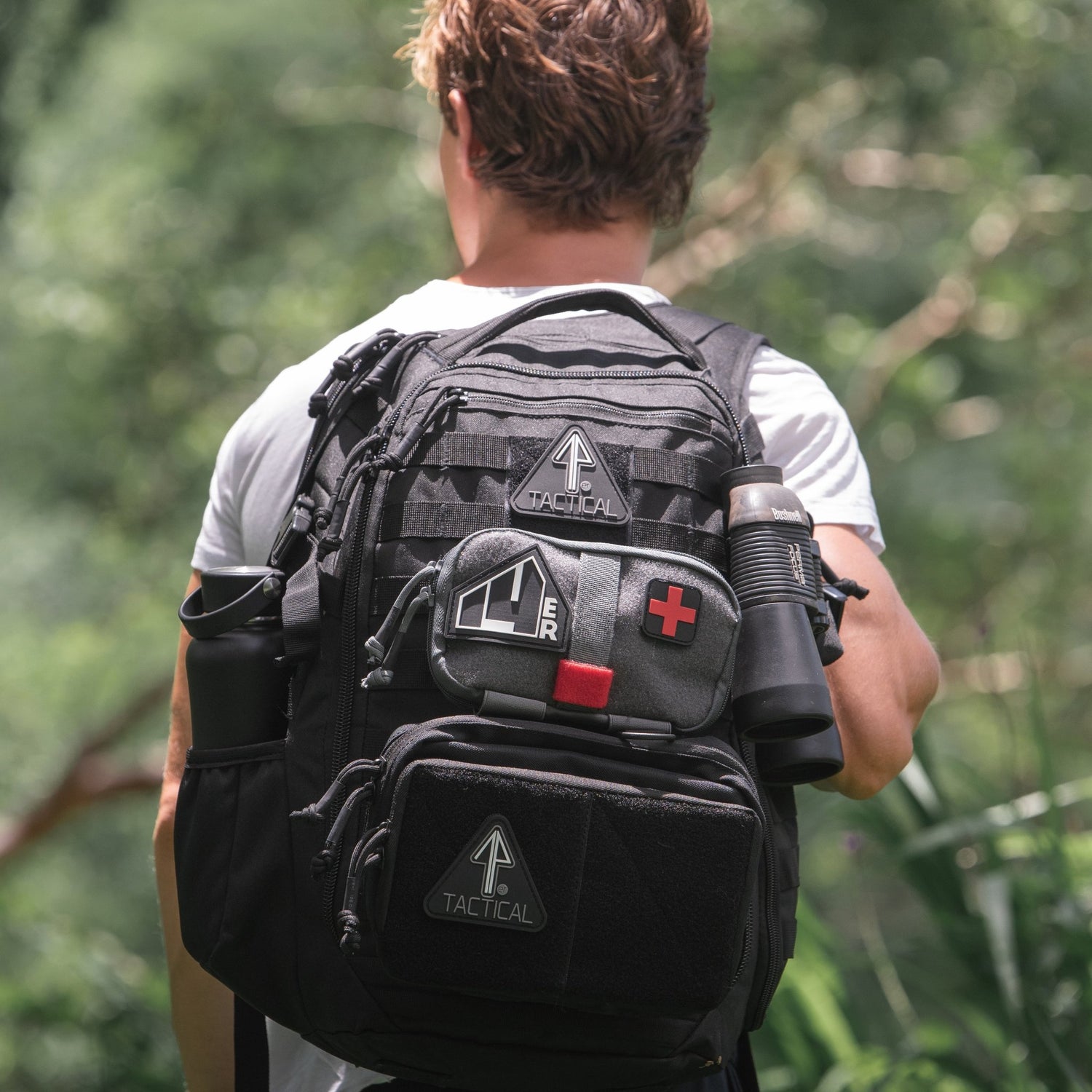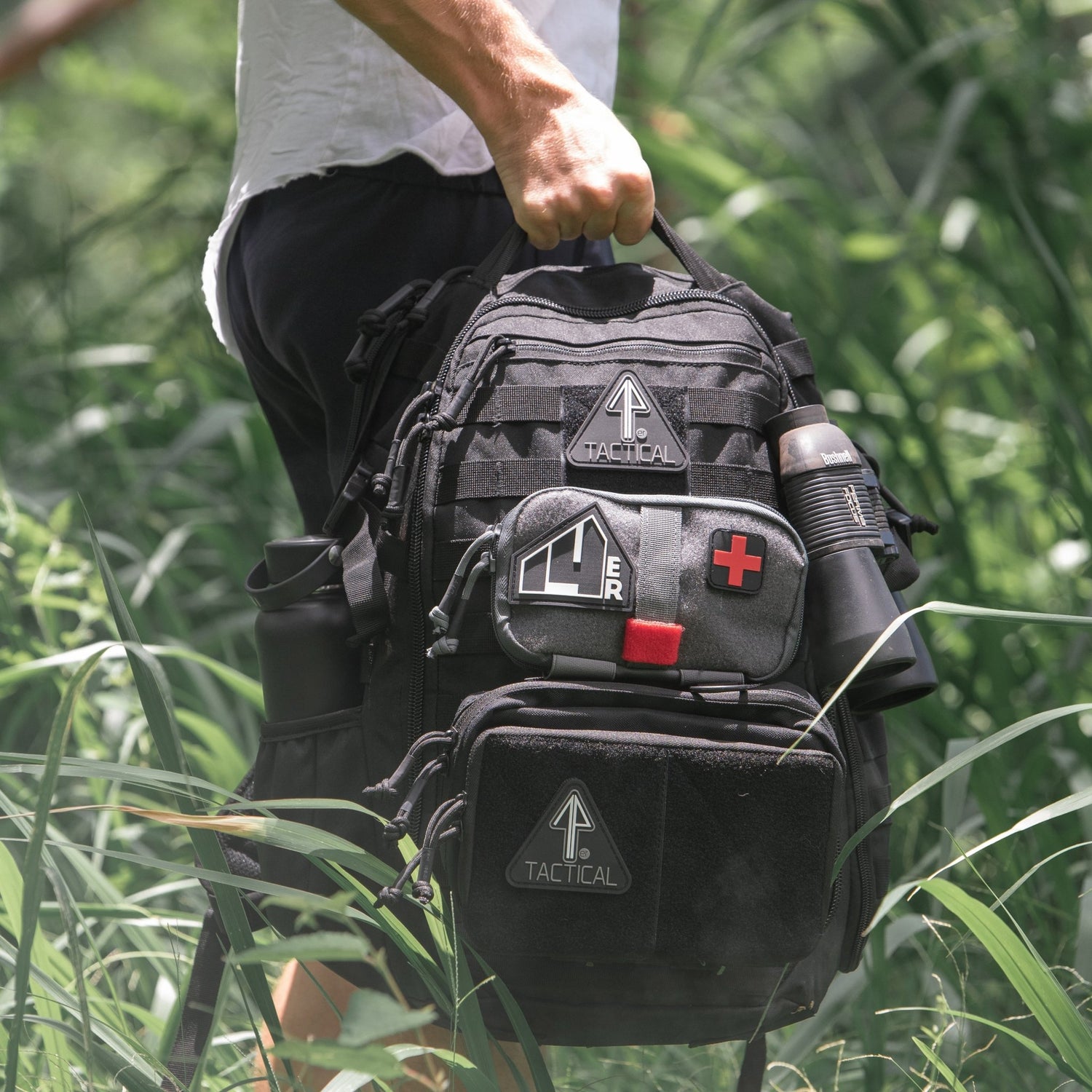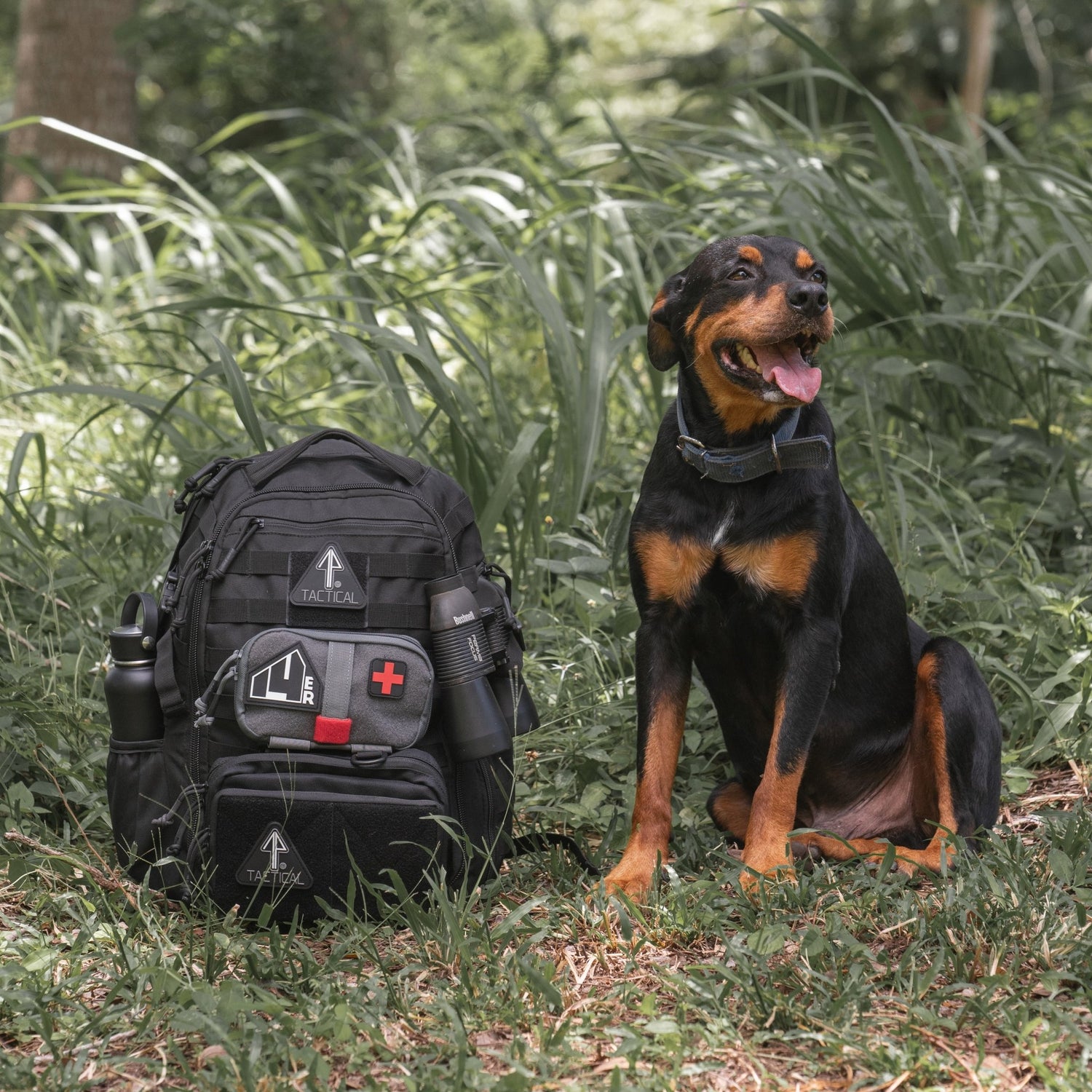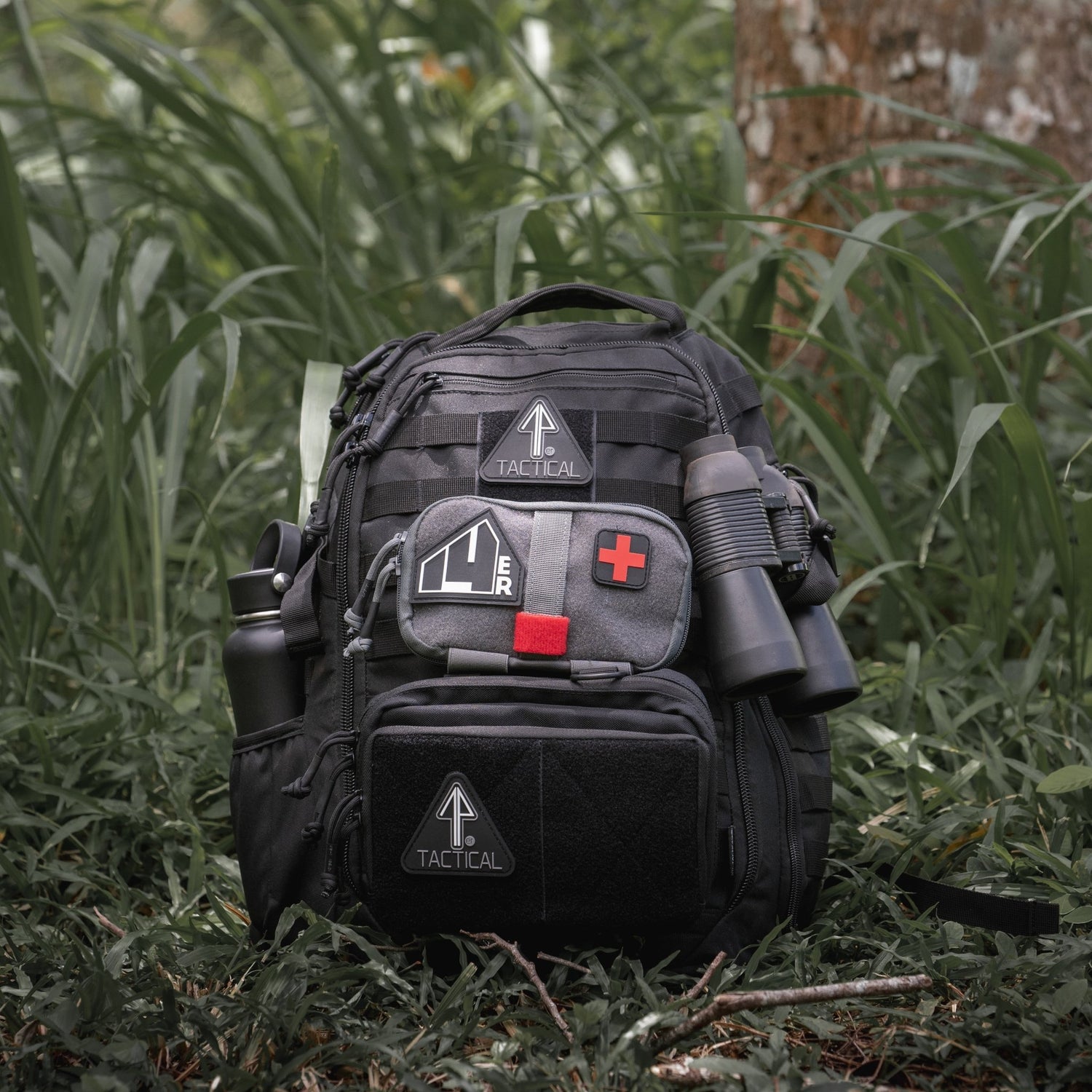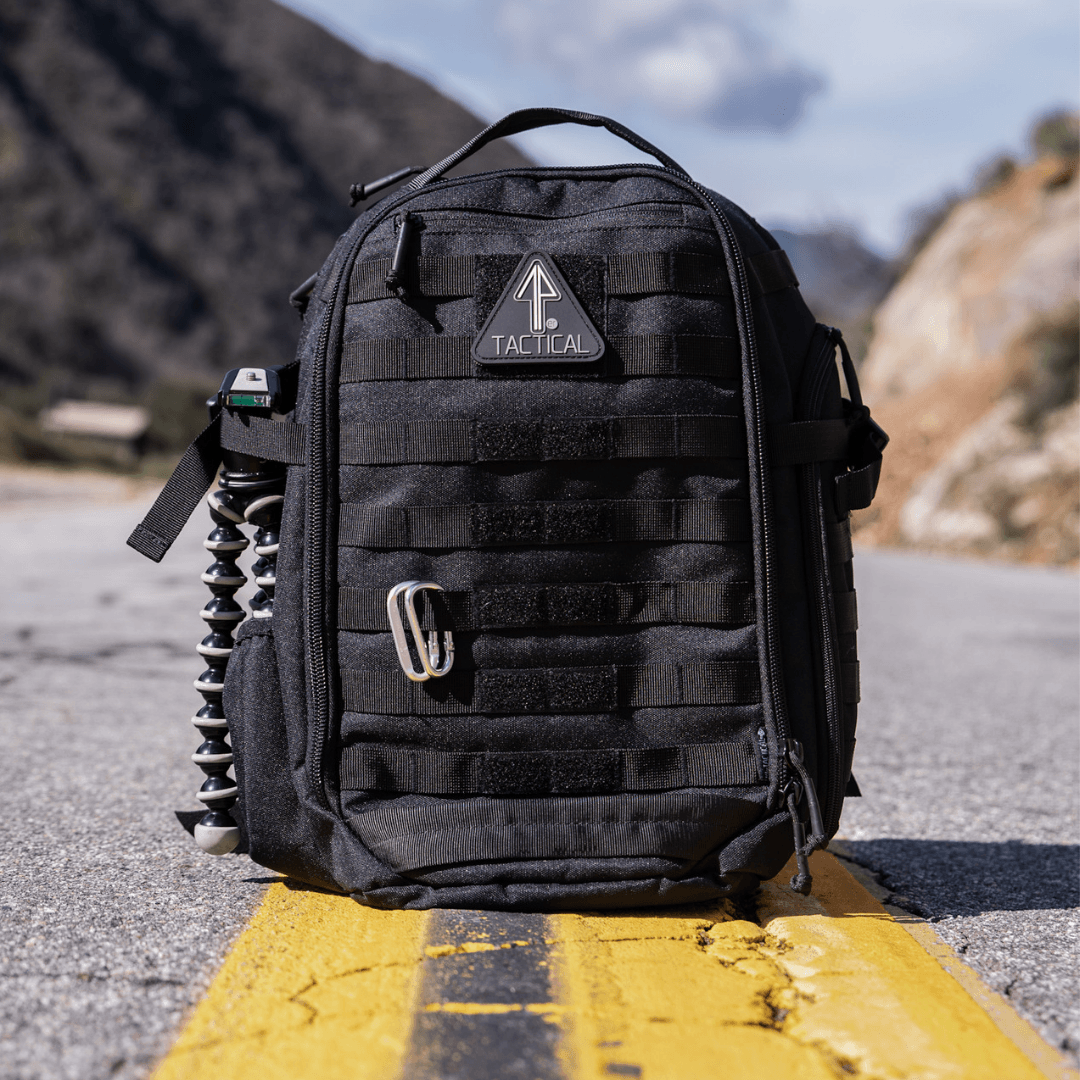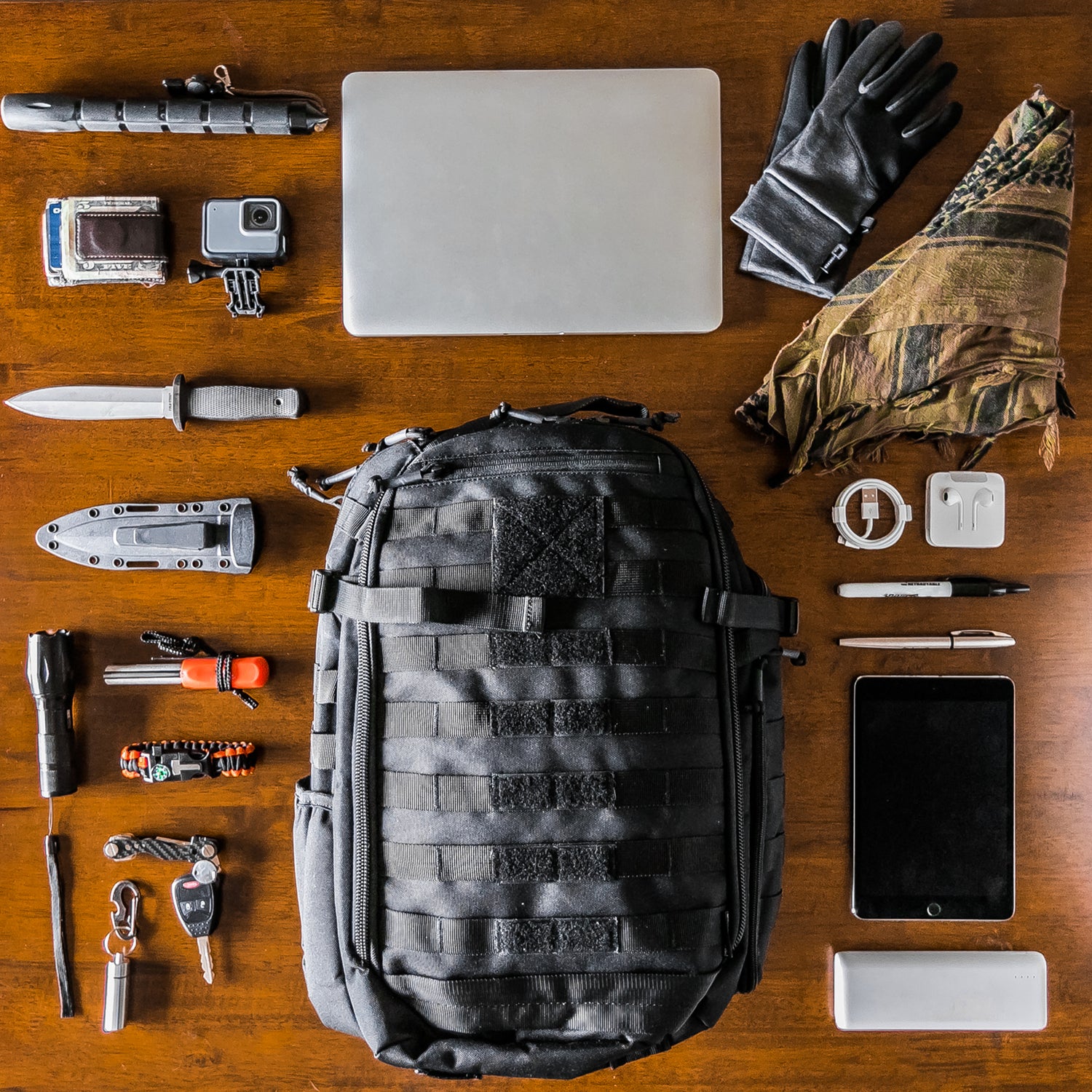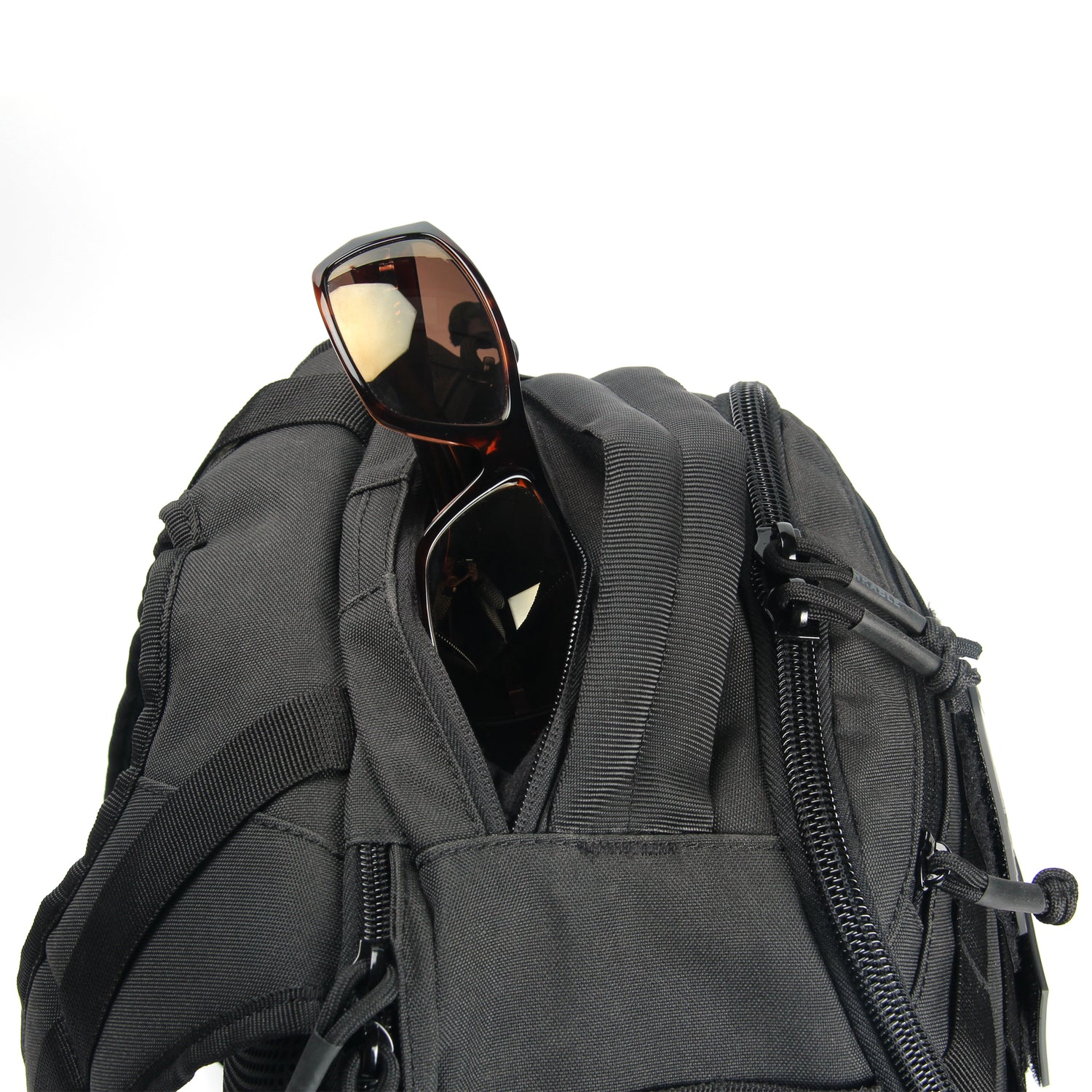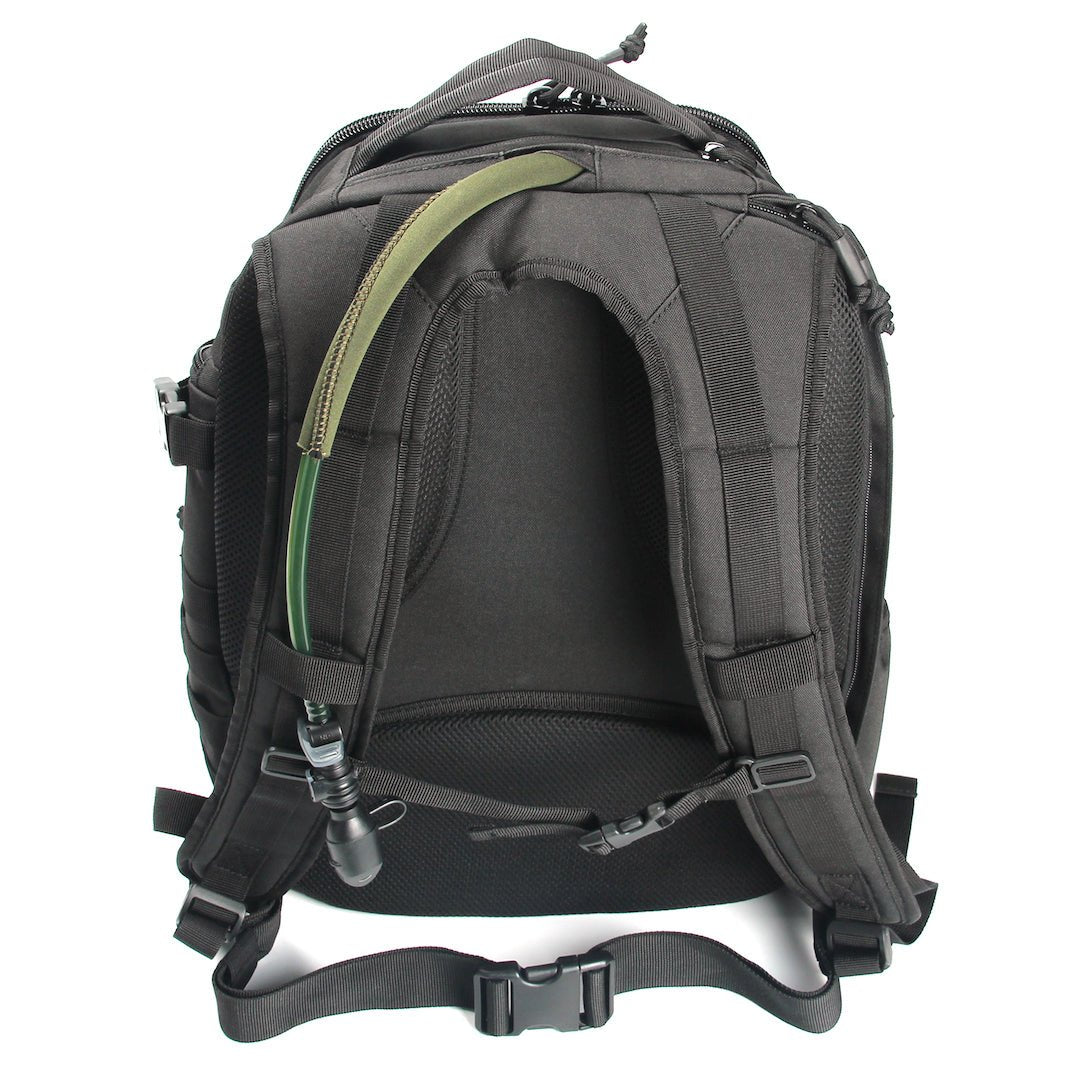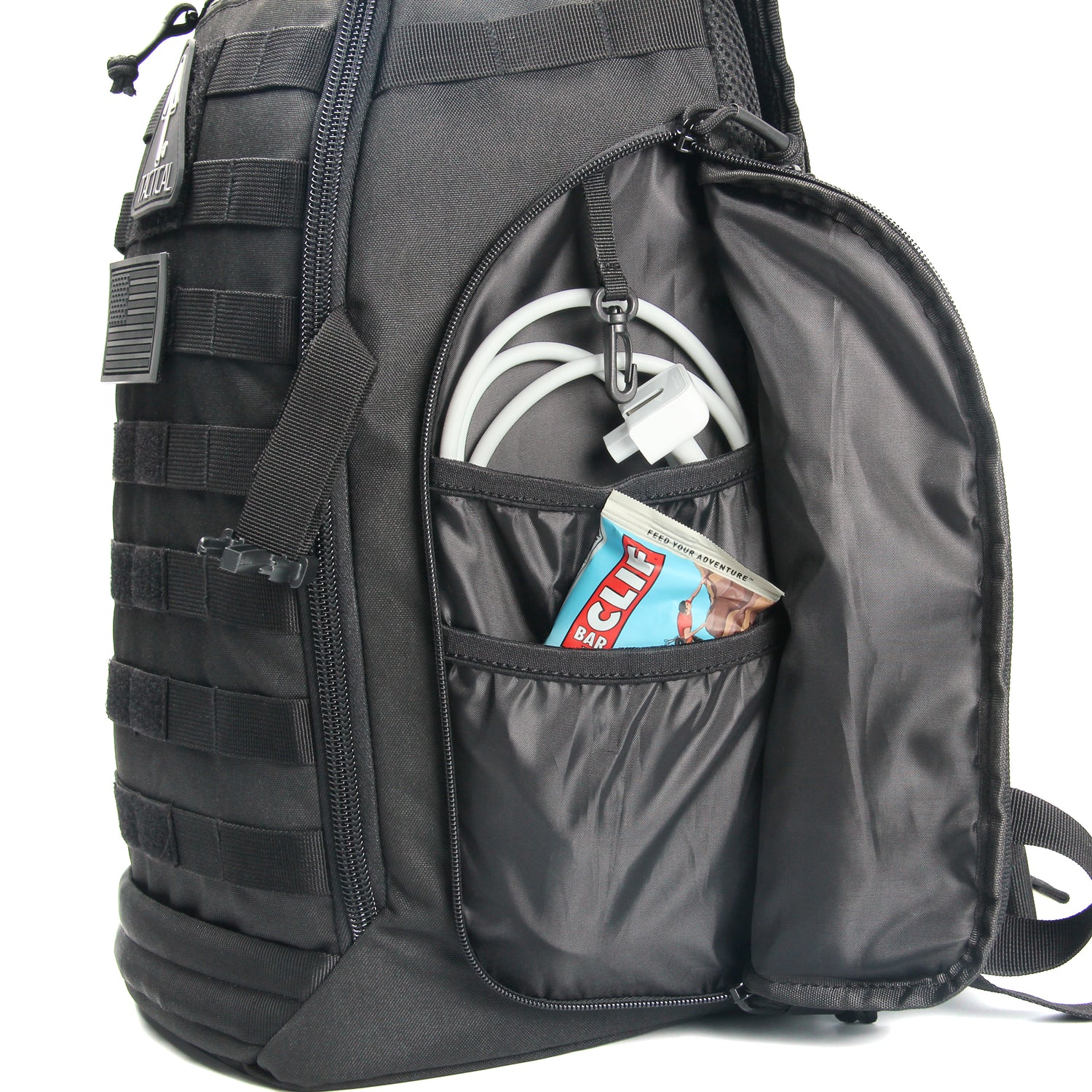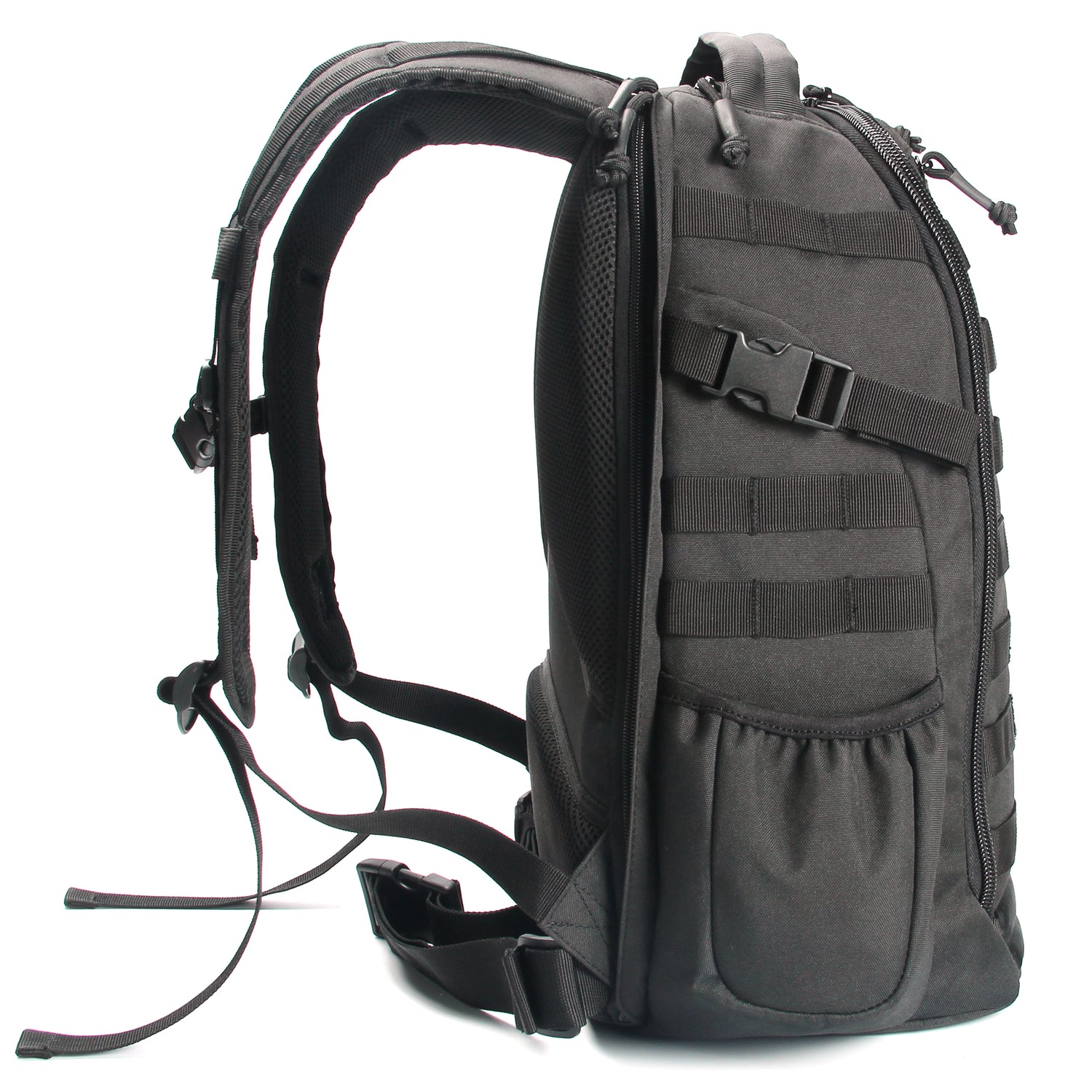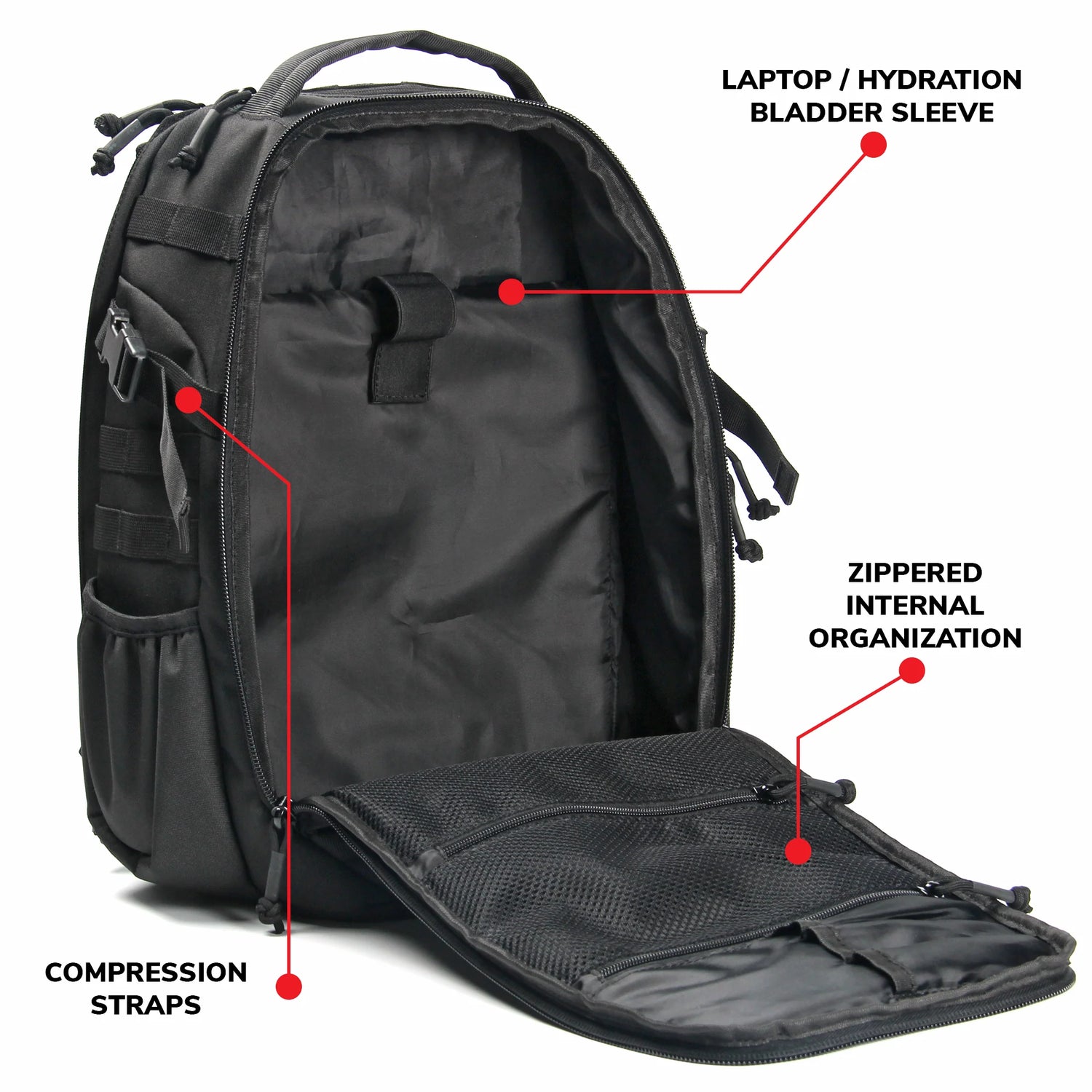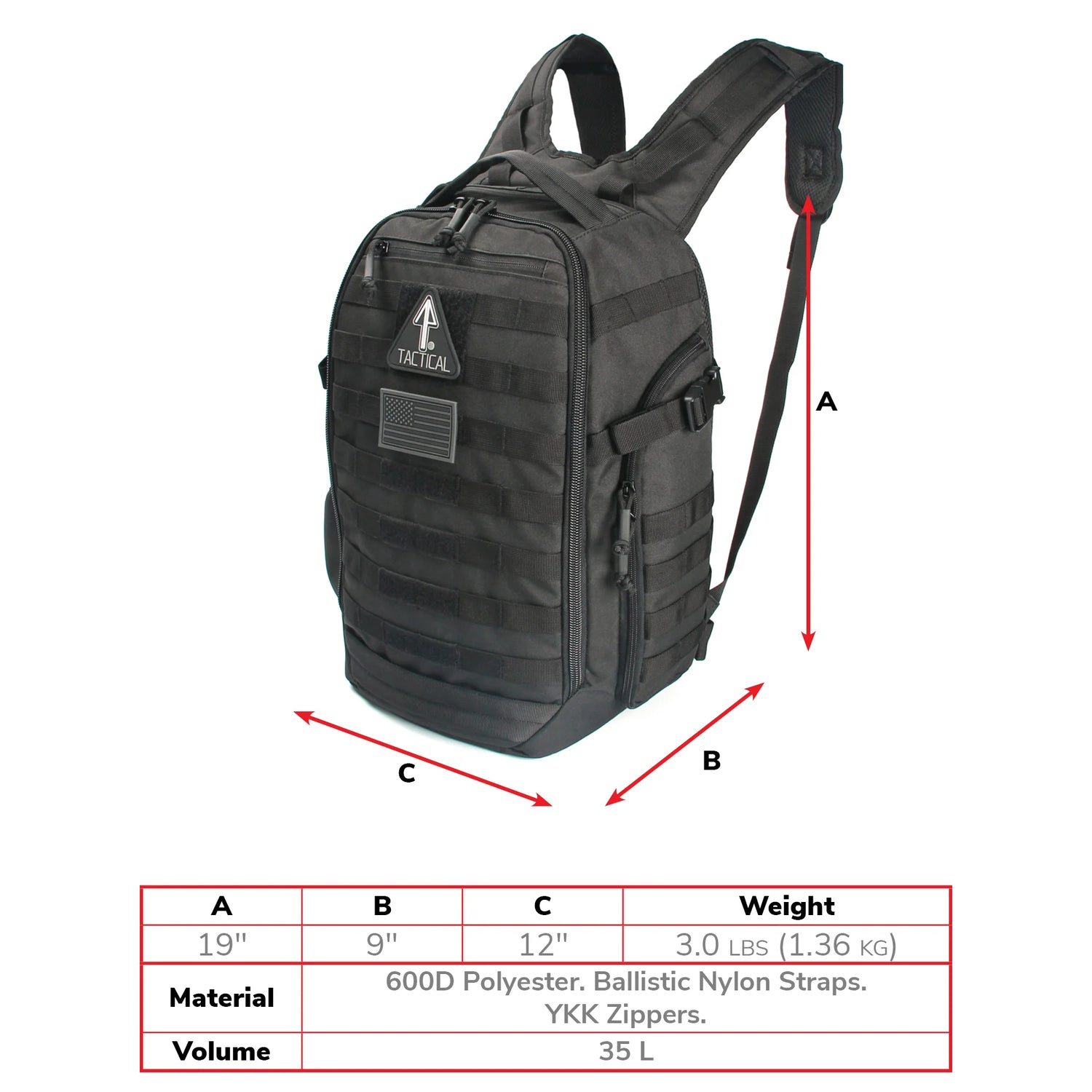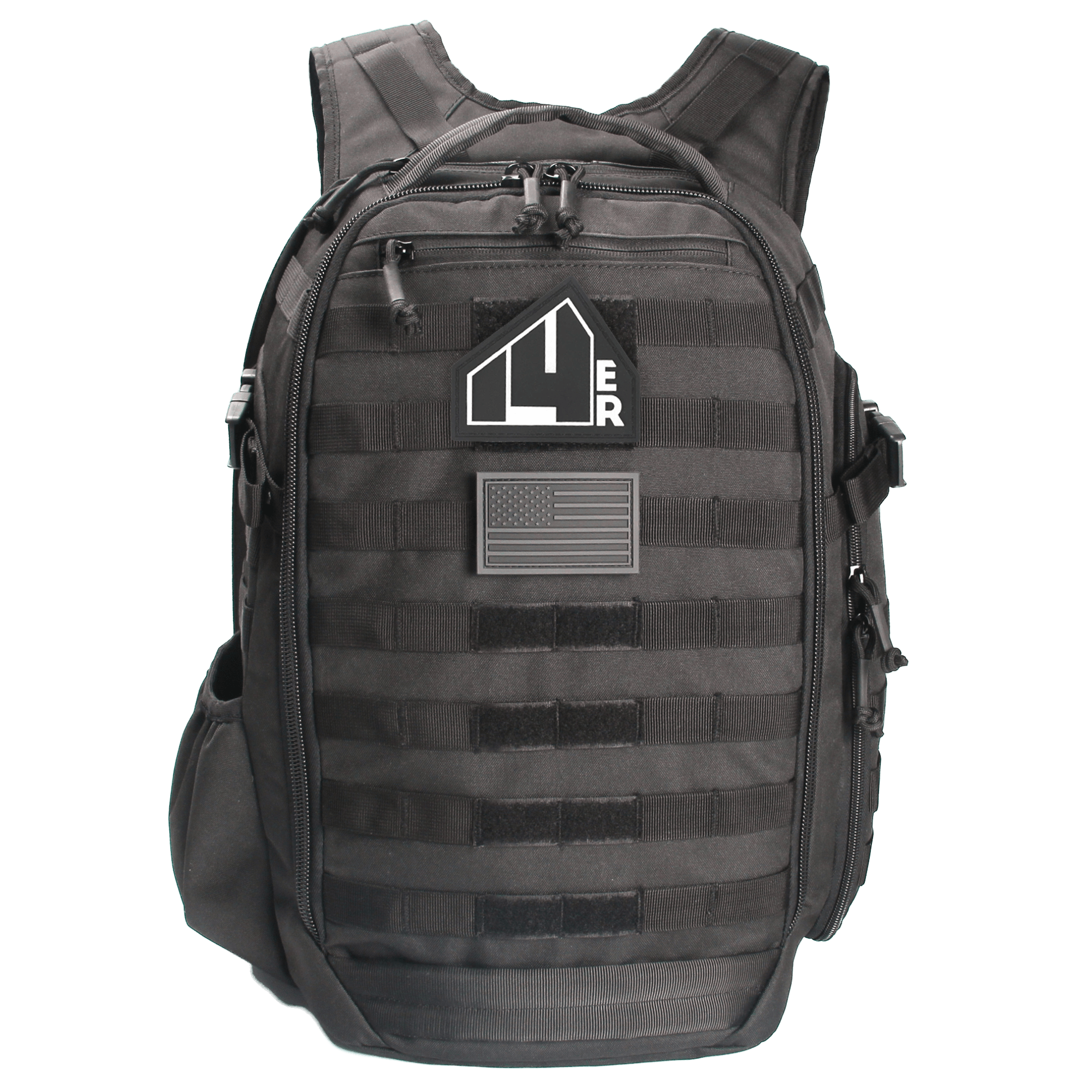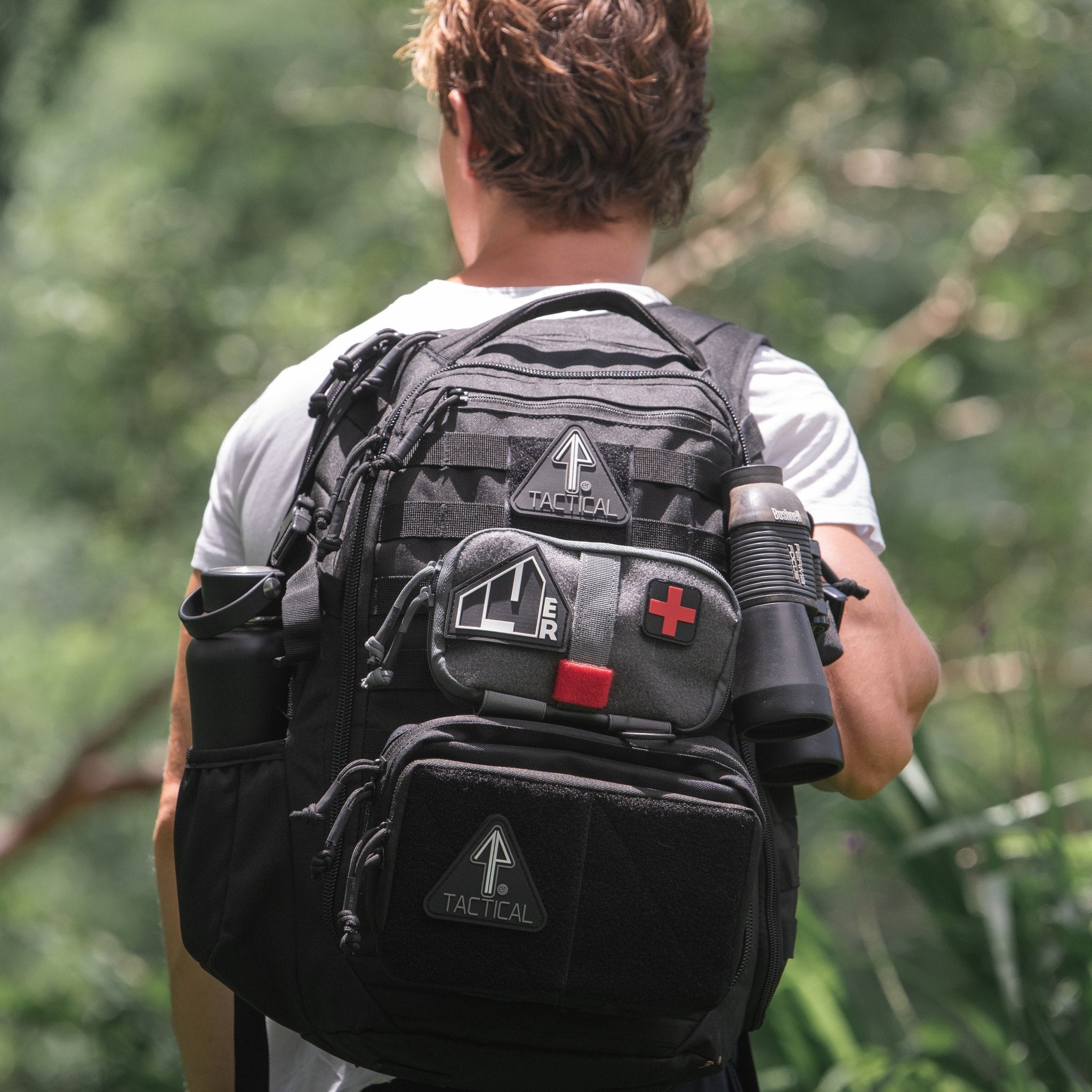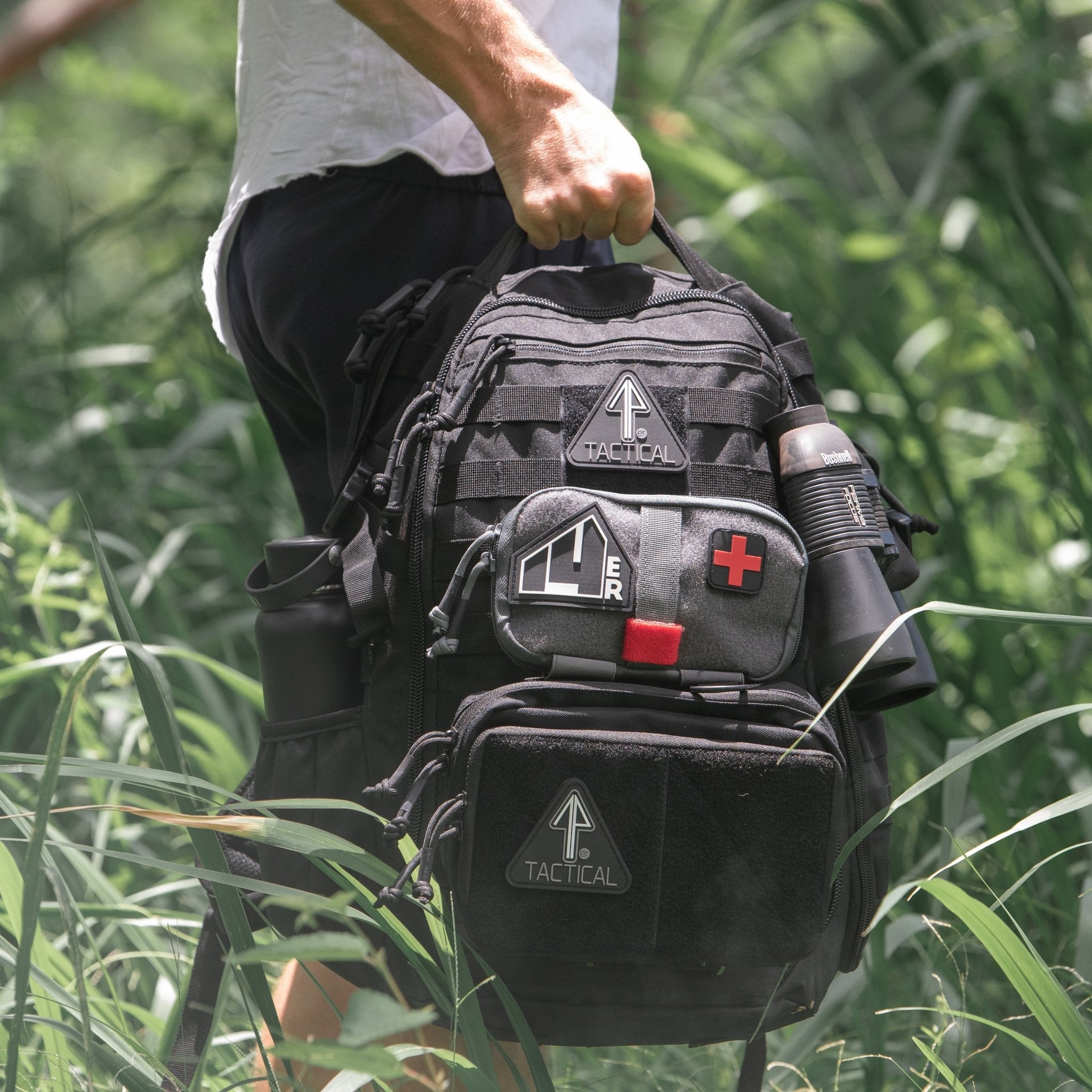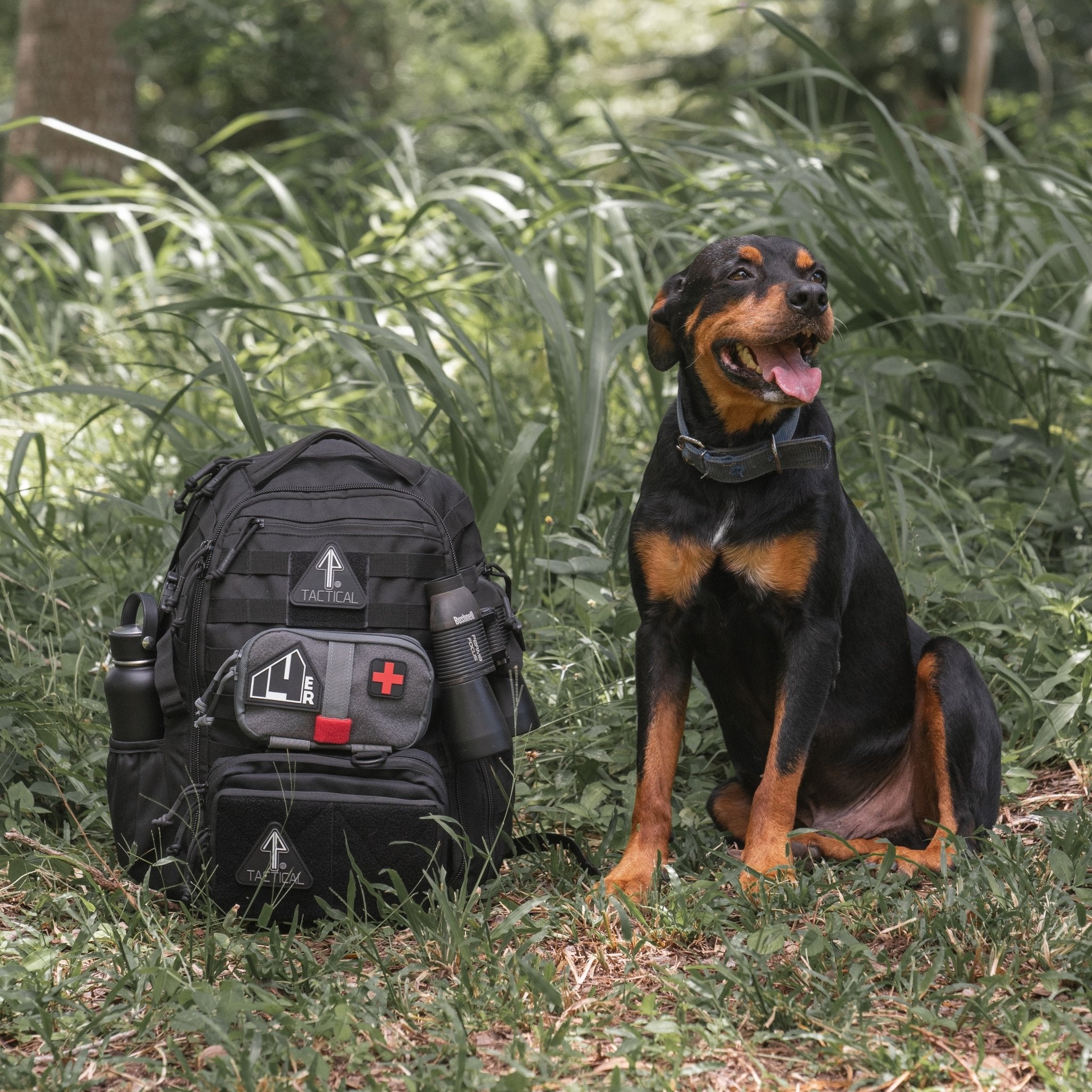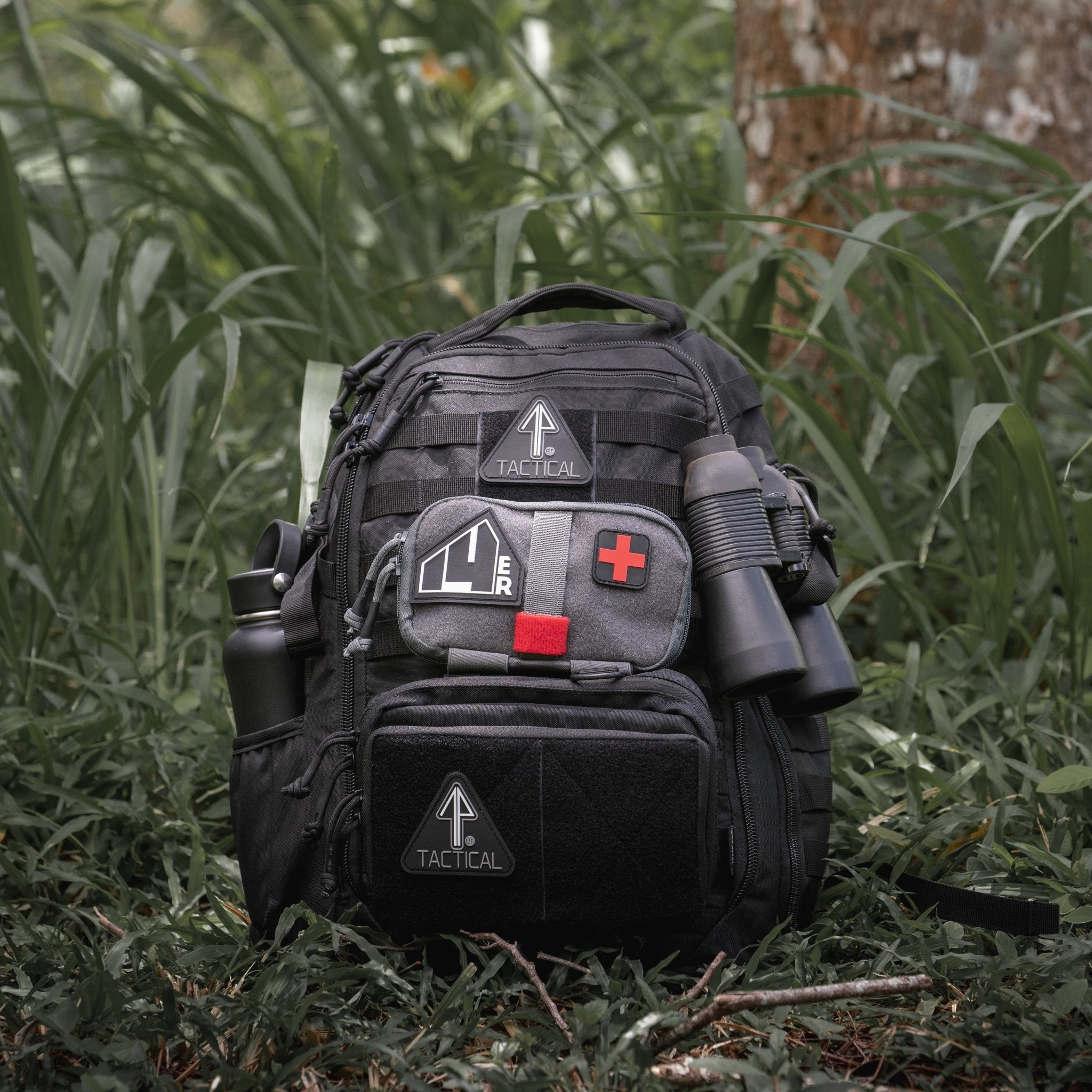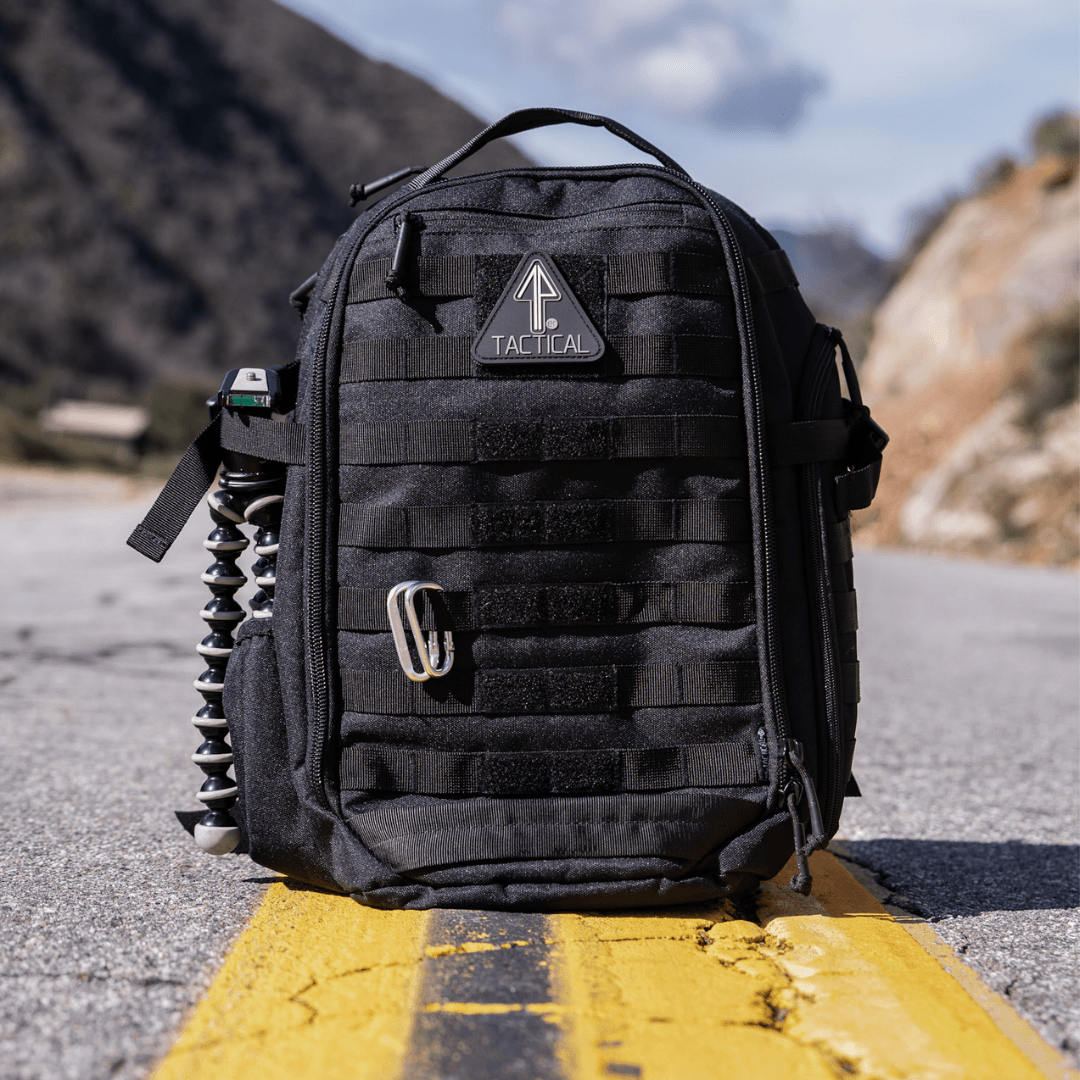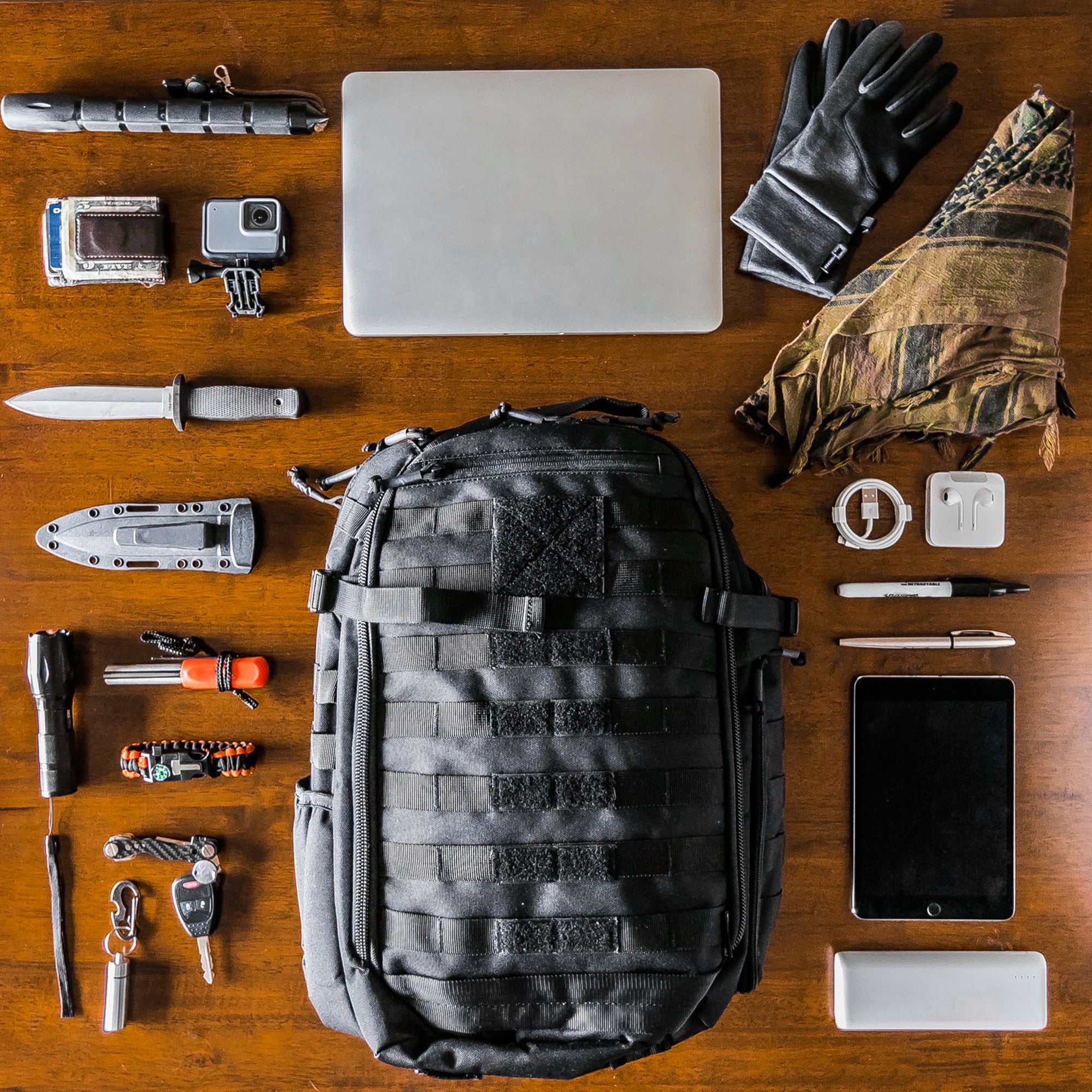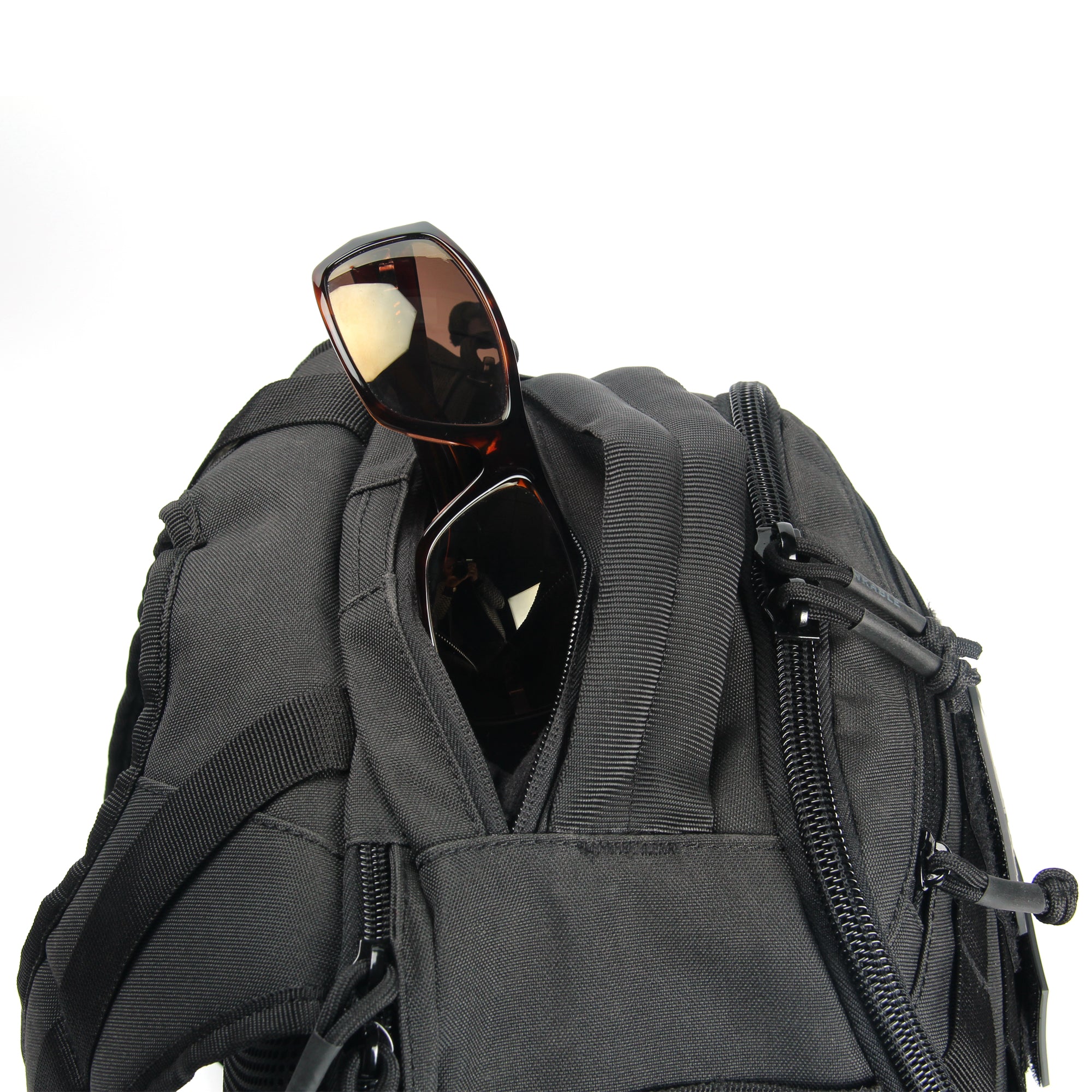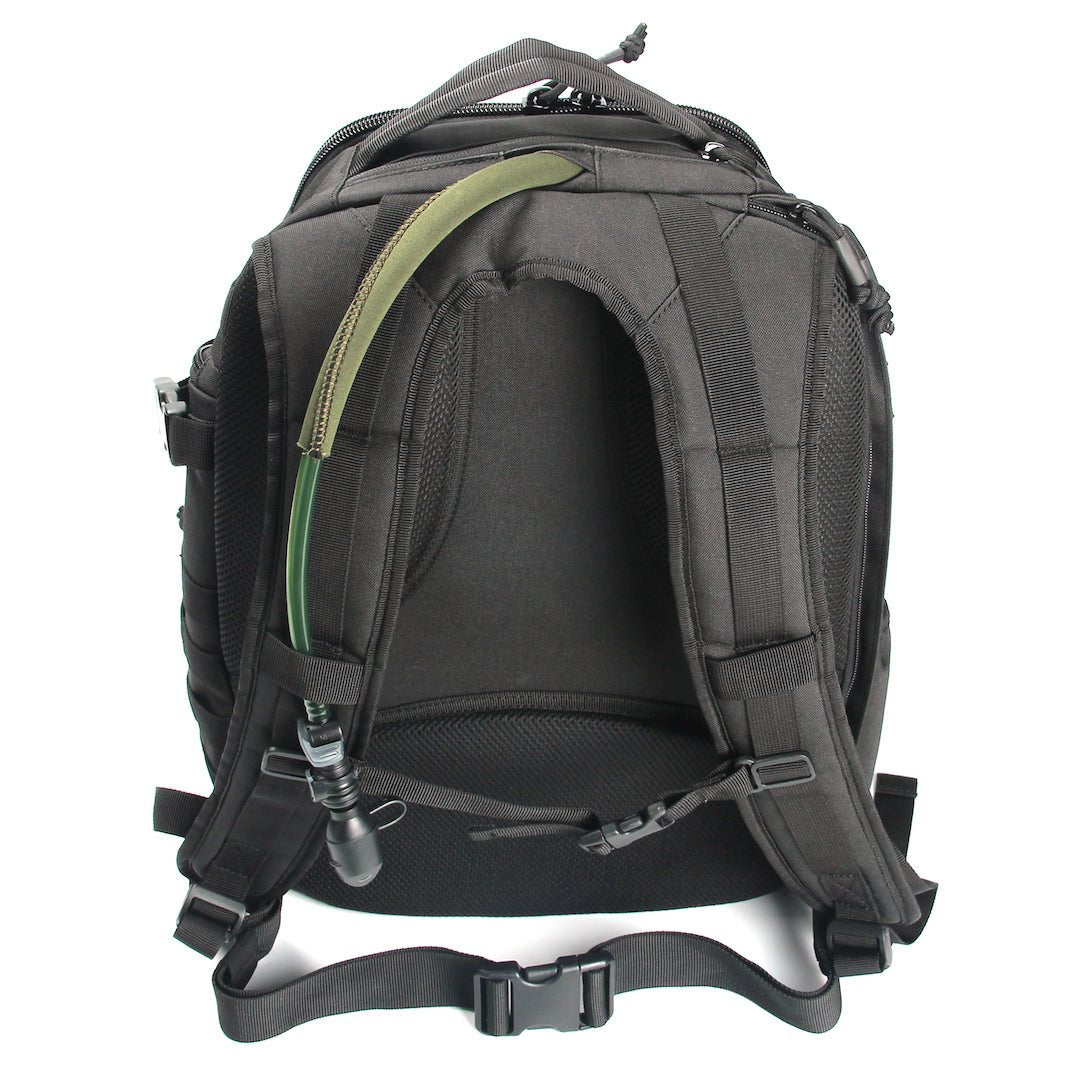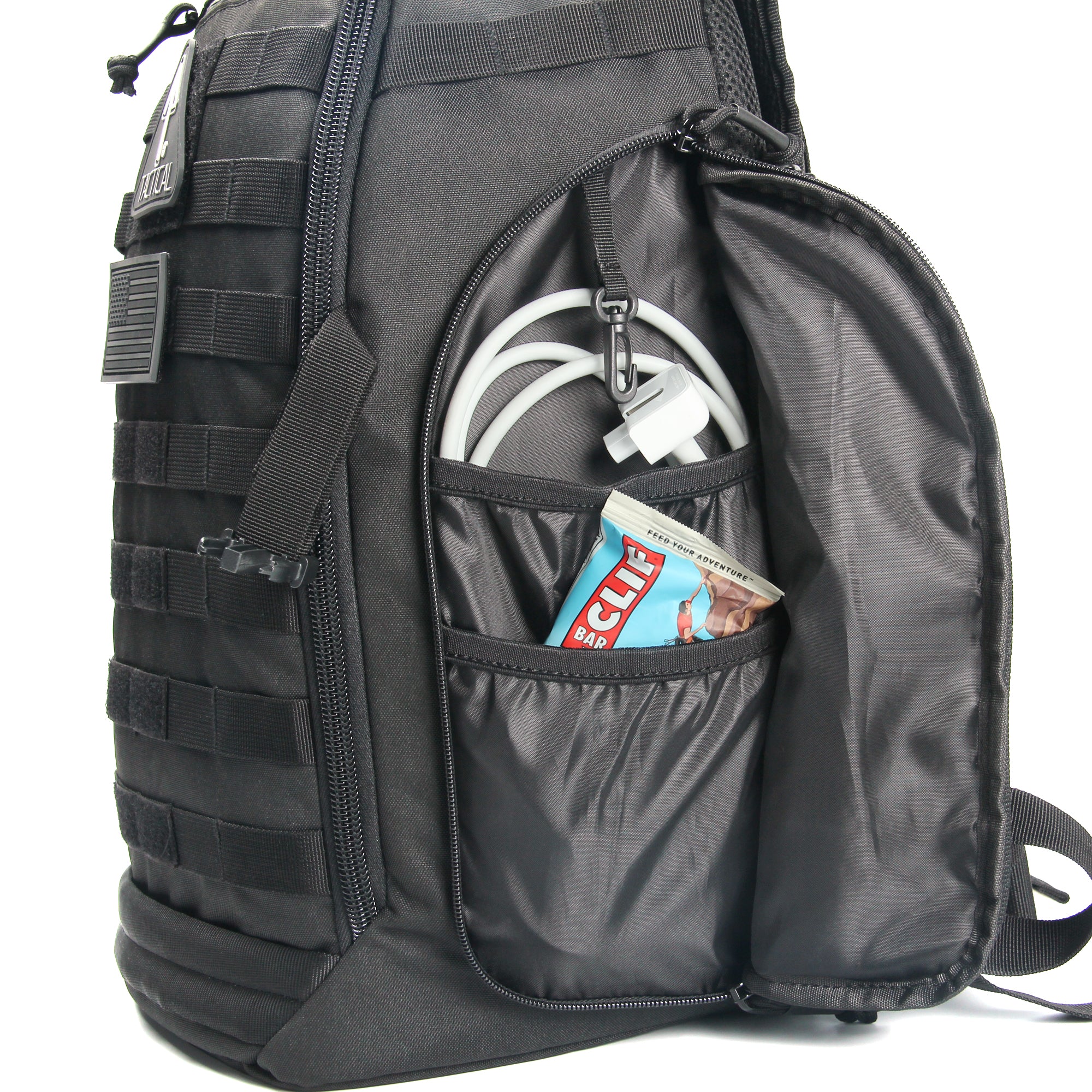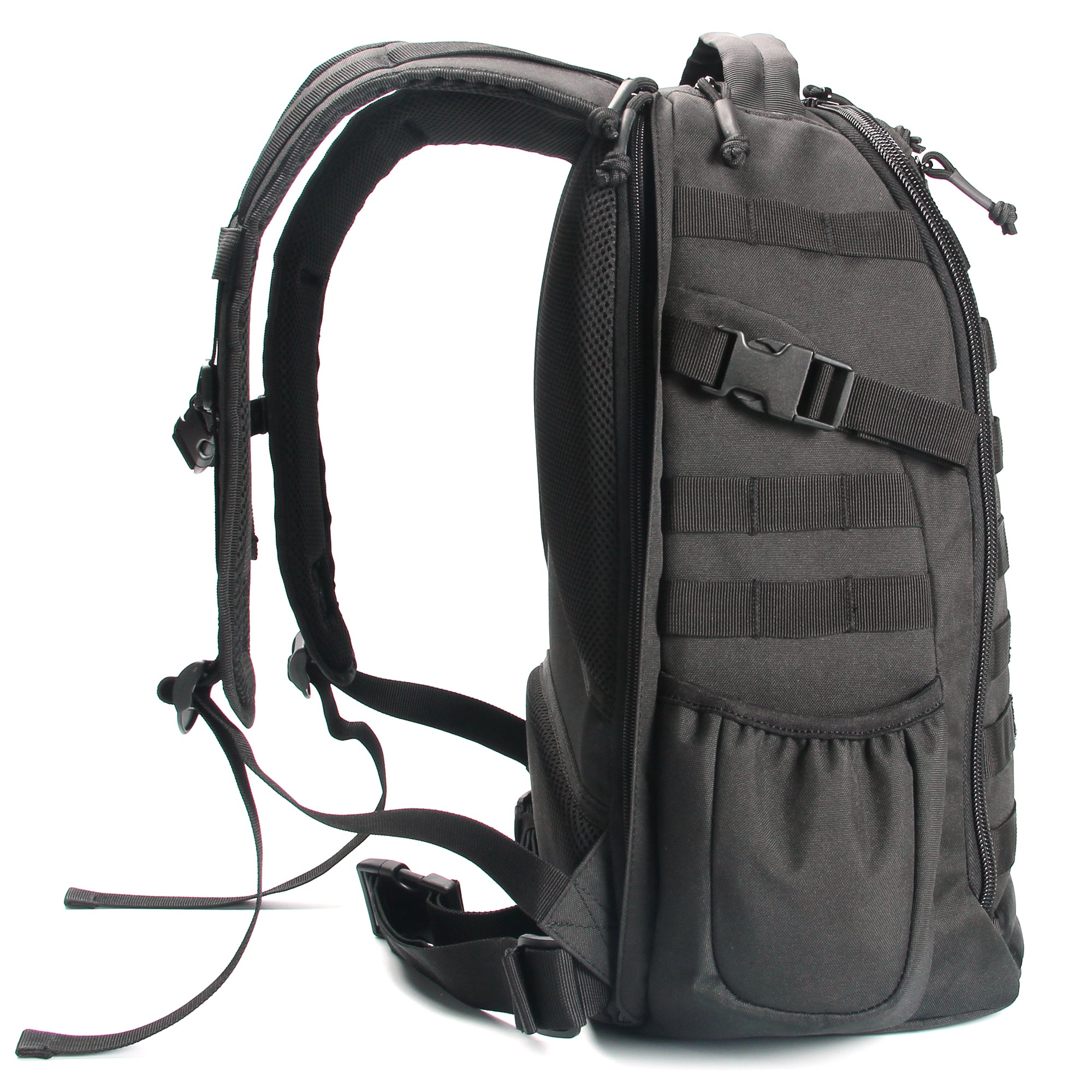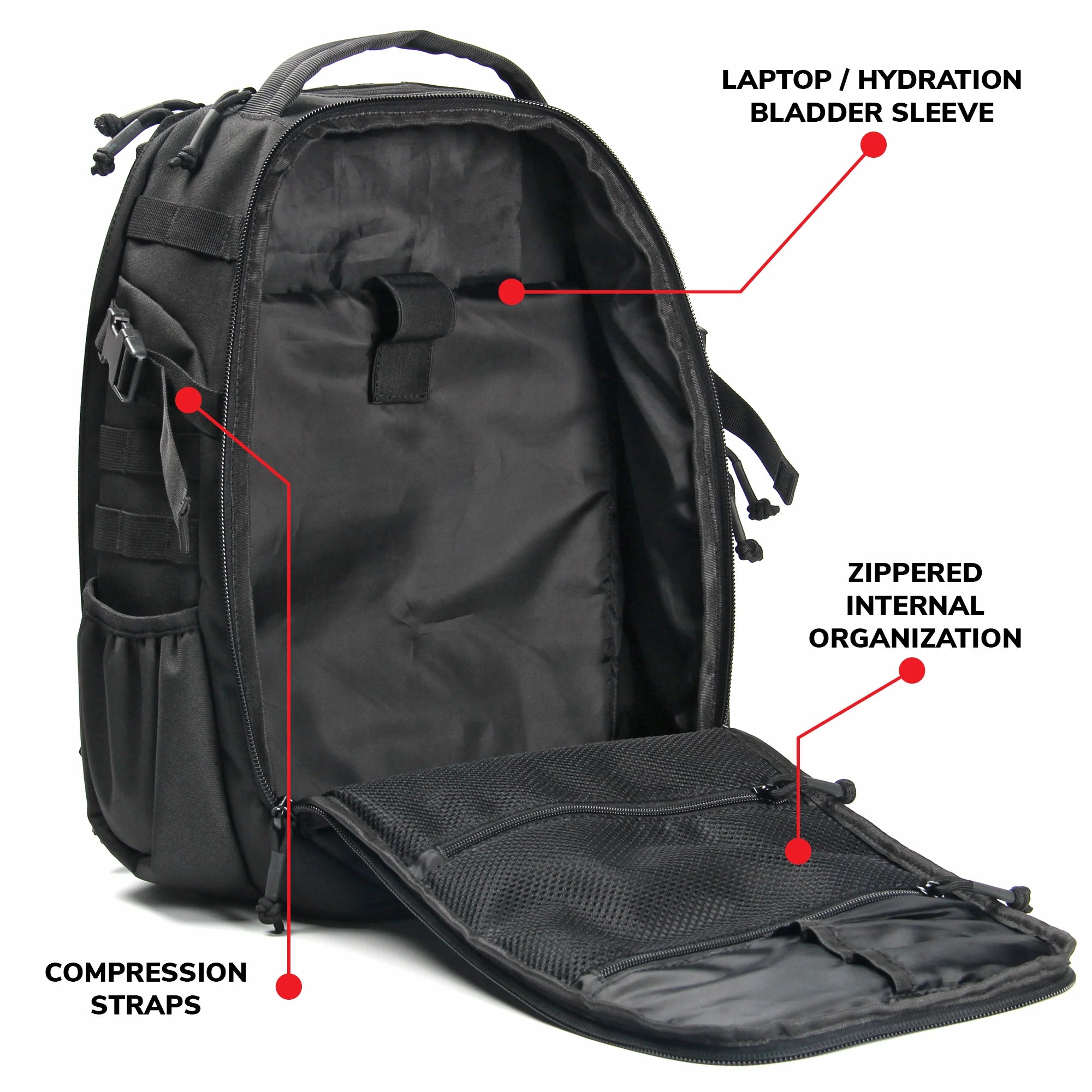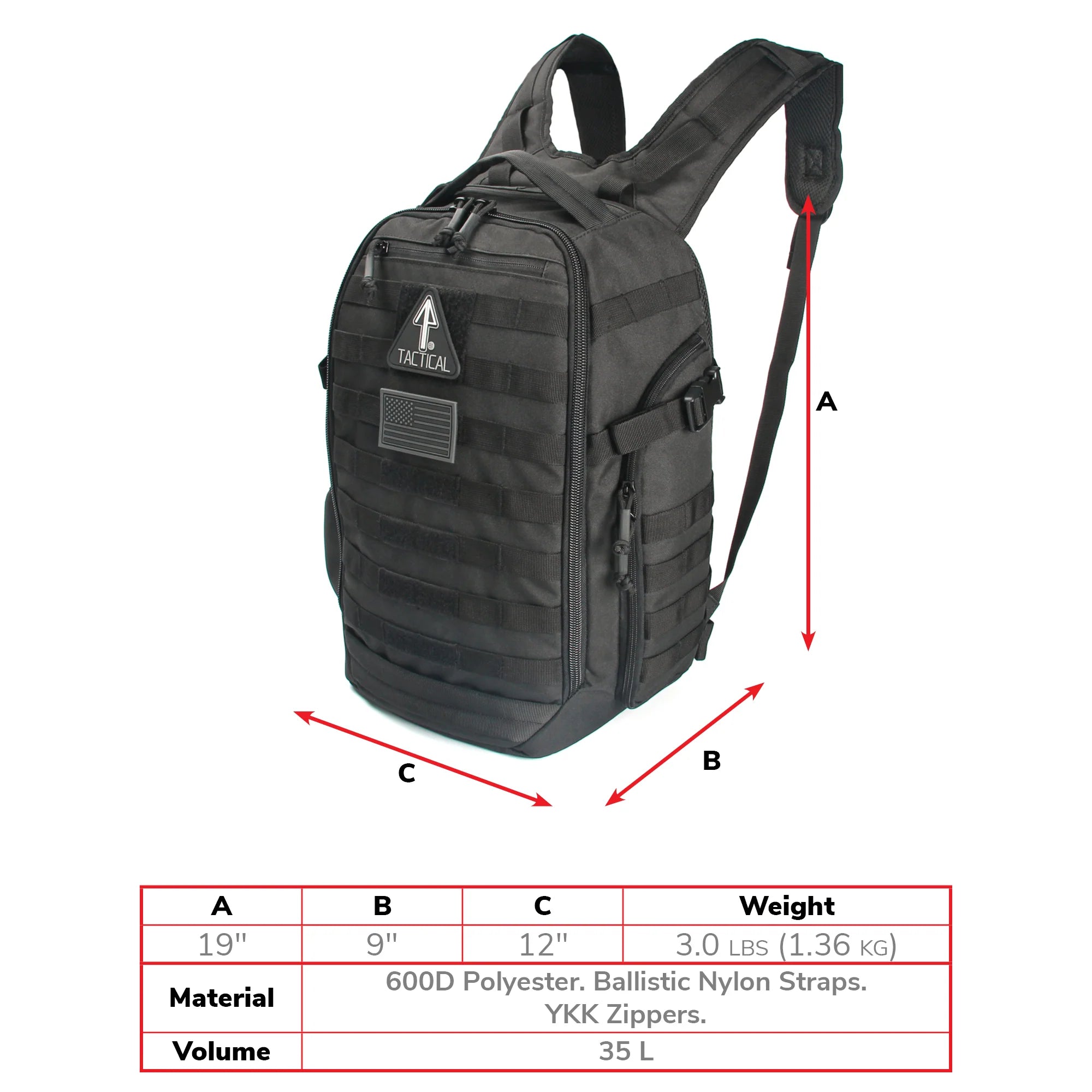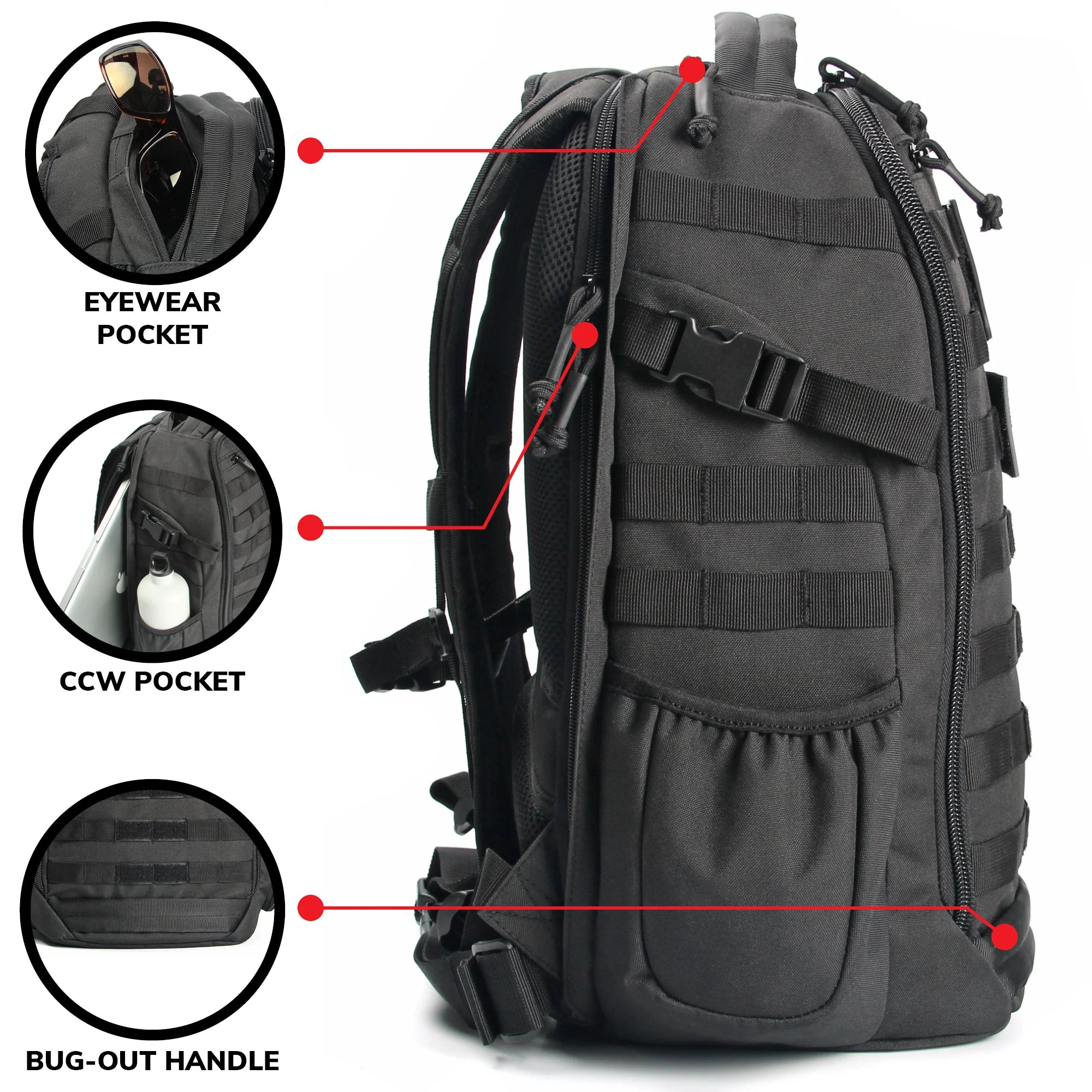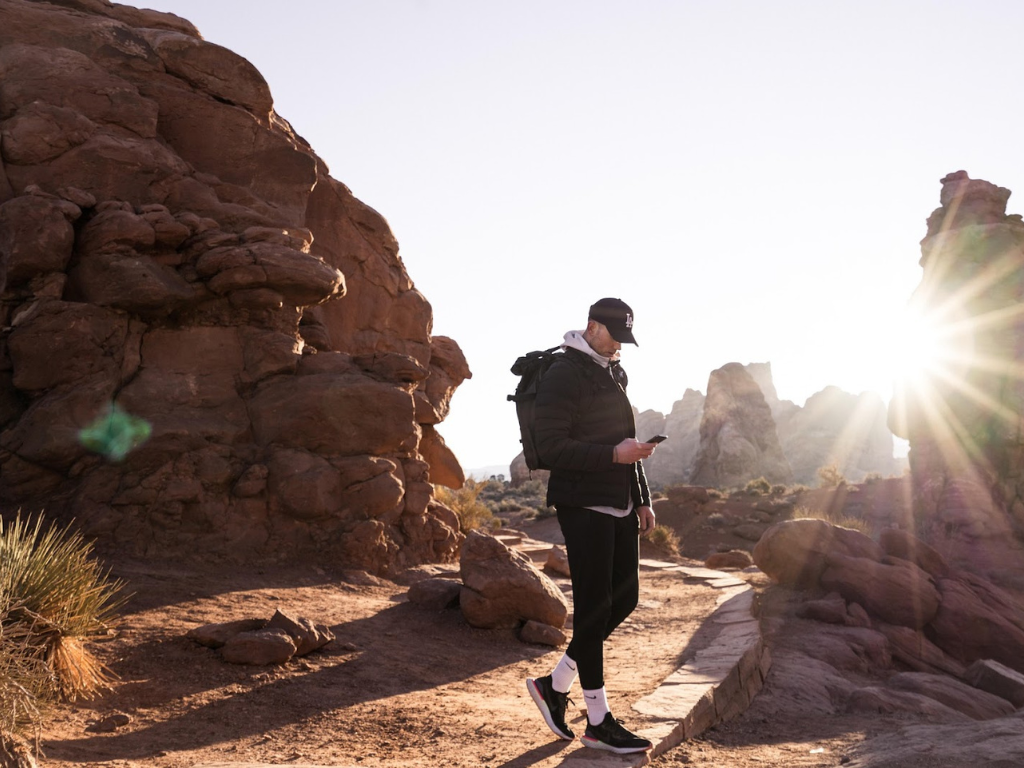
Winter is a time for family gatherings, feasting, celebration and keeping warm and snug in your home, right? Oh no, it’s a time for outdoor adventure! You heard that right! It’s the time to dust off the snow hiking equipment and go trekking in a winter wonderland.
As a tactical hiker, you can’t stay complacent. You’ve gotta keep finding ways to challenge yourself. Once you’ve become a seasoned hiker, you’re gonna start thinking whether you’ve got what it takes to hike in all kinds of conditions. Such as rainy days. And during winter.
We’ve put together our best cold weather hiking tips for those interested in such a challenge!
Understanding Cold Weather Risks
Preparedness is the cornerstone of tactical training. You’ve got to be prepared for the potential risks you’ll encounter on a winter hike. Knowing what you’re facing will tell you what you’ll need in terms of winter hiking gear, skills and resources.
Trekking in cold weather can expose you to a number of health risks. Frostbite is certainly a concern. If your skin is exposed to cold weather conditions for a prolonged duration, you can easily suffer frostbite. It’s the freezing of your skin and the underlying tissue, which can cause severe bodily damage if not remedied. The simplest way to treat frostbite is by warming up the affected area as soon as possible.
Hypothermia is a very severe reaction to intense heat loss that causes your body temperature to drop to a dangerously low level. When this happens, your body’s organs will have difficulty functioning and may even fail. Your heart and nervous system will be under great stress and heart failure becomes a possibility. Anyone who experiences symptoms of hypothermia should be immediately brought to a warm and safe place to receive emergency medical care.
You can mitigate these potential health risks by getting equipped with the right tactical gear for cold weather adventuring. Staying warm and dry will prevent hypothermia and other adverse outcomes.

Essential Winter Survival Gear
When it comes to winter hiking gear, you’ve gotta start with outdoor clothing that will keep you warm. Choose clothing that you can wear in layers—four layers should be ideal to keep you protected and comfortable. The base layer, which touches your skin, should not be moisture absorbing (so don’t wear cotton here). Then you have the mid layer and the top layer. Generally, you’ll want the thickest layer to be the top layer. It should also be water resistant.
The fourth layer is a protective layer you can put on when dealing with rain or snow. It should be waterproof and durable. When not wearing it, keep it in the top part of your tactical backpack’s load to ensure quick access.
Choose clothing made out of down, fleece, wool or wool blends. This gives you lightweight clothing that does a great job of holding in warmth. If you plan on hiking in the extreme cold, get a puffer jacket for your outermost layer. This provides excellent insulation.
You absolutely need to protect your extremities! Pack gloves and hand warmers. Bring quality headgear as well. Wear insulated hiking boots. You may be sinking in the snow at times, so be sure your footwear can handle that. We recommend adding gaiters to your winter hiking gear. Gaiters can stop snow from getting inside your boots.
What about snowshoes? These can be bulky to lug around, but if you need them, you should bring them. Do research on expected conditions on the trail. If it’s getting several inches of snowfall, bring snowshoes.

Snow Hiking Equipment for Safety and Survival
Your winter survival gear should include an emergency shelter, a fire-starting tool kit and a first aid kit. For your emergency shelter, you should carry a tent and a sleeping bag. These items need to be durable as well as capable of keeping out snow, rain and even dust.
A portable camping heater can prove very useful. With adequate precautions, you can use one to warm your tent interior quite nicely!
You should also bring a kit for building a fire. Be sure to learn fire making skills before going on your camping trip. In case you have a problem with your tools, you should also know how to start a fire without them. While you can certainly rely on tactical gear for cold weather trekking, it’s even better if you have the skills to survive even when lacking gear.
An individual first aid kit (IFAK) is mandatory tactical gear for cold weather hikes. If you should have a medical emergency on your winter adventure, you’ll want a way to treat your injury while waiting for rescue. It also lets you handle minor scrapes so that you can keep going instead of turning back. Be sure to keep your medical supplies in an IFAK Pouch strapped to the hide of your backpack. That lets you deploy it in a flash!

A Strategy for the Trail: Cold Weather Hiking Tips
Preparing for a winter hike is similar to preparing for a regular hike. But you’ll want to double-check and triple-check your snow hiking equipment and resources, as the consequences can be more dire should things go south. You’ll also want to be extra disciplined as a trekker.
Be vigilant in keeping up your food and drink intake. You don’t want to lose energy on this trek! The harsh cold may discourage you from making stops, but it’s vital to have those stops to get some nutrition in you. As well as keep hydrated!
Know the route you are going to take and the conditions you can expect. Plan ahead. Bring navigational tools, such as a compass and a GPS device. You’ll want to have a map, too! And don’t forget to bring power banks or solar chargers for your navigational and communications tools.
Be observant on the trail. Never forge ahead blindly! Get a feel for the conditions and look out for hazards. You may have to stop to put on snowshoes or ice spikes at certain points. Ideally, you should be using trekking poles. It improves your safety, helps you cover difficult terrain faster, and lets you save precious energy. Add poles to your winter survival gear!
We hope these cold weather hiking tips will prove useful for you this winter! And if you’re looking for tactical gear for cold weather, be sure to check out the store!


